 By Cody Petterson My wife provides me with a steady stream of questions from her wide circle of moms, which has been sending me ever deeper into the internet in search of peer-reviewed answers. I've put my general understanding to paper here, and I'll edit this essay as necessary to reflect the resulting consensus. As you've become aware over the last several weeks, COVID-19 is a serious, potentially deadly virus. Even young, healthy individuals without apparent underlying risk factors can experience severe and even fatal symptoms. Given our nation's scandalous lack of testing capability for this virus, the number of infected individuals is likely to dwarf lab-confirmed infections by an order of magnitude. For every hospitalization, there are around three infections with moderate symptoms that don't meet the current criteria for testing, five infections with mild symptoms, and another two infections that are virtually asymptomatic. These are ballpark figures, but our catastrophic lack of testing means that the ratio of infections to lab-confirmed infections is somewhere around 10 to 1. Make no mistake: this virus is widespread in the United States. Many people you know will be hospitalized. Someone you know may die. After a number of conversations with professionals in related fields, I'm convinced universal social isolation of even low-risk adults is currently sound policy, due in particular to our lack of testing, the gross inadequacy of our private, for-profit national healthcare system, and the likelihood that even if we were able to completely isolate and prevent infection of high-risk individuals, hospitalizations of low-risk individuals with severe symptoms would likely overwhelm our hospitals and devastate our healthcare providers. Enabling Virus Growth and Transmission All evidence I've seen suggests that COVID-19, though potentially severe and even fatal, is similar to other coronaviruses (MERS, SARS, OC43, 229E, etc.) in its clinical features. Transmission occurs overwhelmingly through airborne respiratory droplets, ejected through sneezing, coughing, heavy breathing, or speaking. Transmission from infected surfaces to hands and then to the face is possible, but not considered a major source of infection. Viral shedding occurs prior to the onset and after the cessation of symptoms, but most transmission appears to occur when individuals are symptomatic, as a direct result of talking, heavy breathing, and symptomatic coughing and sneezing. You can do a simple search on the internet for symptoms. The most prominent are fever, dry cough, fatigue, sputum production, and shortness of breath. The incubation period is three to 11 days, with a median of five days. The median duration of illness from onset of symptoms to recovery is two weeks for mild cases, and three to six weeks for those with severe cases.You can do a simple search on the internet for symptoms. Risk factors for severe illness and fatalities, particlarly for those over the age of 70, include immunodeficiency, cardiovascular disease, diabetes, hypertension, respiratory disease, cancer, obesity, asthma, and smoking. Men have higher infection, illness, and fatality rates than women, which is partly attributable to higher rates of smoking among men, but also apparently related to hormonal and other immunological differences. Immune response appears to be normal, with a successful resolution of symptoms conferring immunity of undetermined duration. Immunity is a complex subject. The memory B cells that produce a particular antibody can last a lifetime, but the number of antibodies and the strength of immune response declines over time. Genuine viral exposure generally confers a stronger, more lasting immunity than vaccination. Other coronaviruses provide equivocal, incomplete data. MERS antibodies have been found to decline rapidly following resolution of symptoms, while SARS antibodies are detectable in the bloodstream more than a decade after exposure. I think it's safe to say a full exposure is likely to confer immunity for at least a year, but that's conjecture. Some fatalities appear to be the result of Cytokine Storm Syndrome (CSS). This can occur in normal, healthy individuals, but is more common in those who are immunodeficient or have an inherited, though often previously unidentified, genetic or epigenetic predisposition. If you've ever been on the wrong end of poison oak you've experienced the severe tissue damage your immune system can inflict on you when pro-inflammatory cytokines tell your own macrophages to attack your cells. Now imagine that damage is in your lungs and other internal organs. This is not, however, a common immunological response to the virus, though you are likely to read horror stories about it in the press. It turns out Buzzfeed doesn't run stories about 38 year-olds home from work playing Fortnite with a slight fever and intermittent dry cough. The Virus is the Virus The SARS-CoV-2 virus behind the COVID-19 pandemic in Italy is essentially identical to the one infecting South Korea, China, and the United States. Although tiny errors in transcription are constantly occurring, there aren't multiple functionally distinct strains. The mutation rate appears to be normal. According to the Fred Hutchinson Cancer Center in Seattle, "The mutation rate looks to be about 24 mutations per year. This rate of two mutations per month is similar to other RNA (ribonucleic acid) viruses like flu." None of the mutations identified thus far appear to be functionally significant. Therefore, it follows that the apparent differences in mortality are not the result of changes in the virus, but rather different population structures, epidemiological baselines, cultures, healthcare systems, and government responses. High fatality rates in Italy are likely explained, in part, by its having one of the world's oldest populations. In the United States, our high rates of diabetes, obesity, and physical inactivity may ultimately contribute to higher fatality rates among younger patients. It seems, however, that a key factor driving apparently differing rates of morbidity and fatality are the dramatically different levels of testing. Recent news coverage of the CDC's March 16th Morbidity and Mortality Weekly Report (MMWR) has, to my mind, been irresponsible in its characterization of the risk profile of the virus. From its very beginnings in Wuhan, the majority of confirmed cases (77.8 percrent) were made up of 30 to 69 year olds. The percentage of relatively young infections is probably even higher, since symptoms in children, teenagers, and young adults appear in general to be mild, and it's likely many of their infections escaped confirmation (which, for the China CDC report, was diagnosed by "positive viral nucleic acid test results"). Furthermore, 80.9 percent of cases exhibited mild to moderate symptoms, which is likely a similar underestimate for the same reasons. In South Korea, which has a robust testing and quarantine regimen, the case fatality rate has been 1.1 percent for males and .4 percent for females. Fatality rates from newborns to 30 were zero. Ages 30 to 39 were .1% (one fatality of 693 infected), 40 to 49 at .1% (one fatality of 889 infected), 50 to 59 .4% (five fatalities of 1,217 infected), and increasing up to a six percent case fatality rate for those 80 and over. Some of this may reflect a national population that is generally healthier, as well as early detection and effective universal treatment, but it's very likely widespread testing of the population results in a more accurate picture of COVID-19's morbidity and fatality rates. This presumption is strengthened by the case in Germany, which has an even more expansive testing regime and significantly lower rates of hospitalization and fatalities. By testing individuals who are asymptomatic or mildly symptomatic, countries like Germany and South Korea provide a much clearer picture of the risk profile of the virus. The United States could not present a more extreme contrast. Because the U.S. has catastrophically failed to develop an effective testing program, relatively few individuals have been tested, and the pool of those tested is not representative of the total population of infected individuals. As of March 16th, the end of the reporting period for the CDC MMWR, the U.S. had tested roughly 50,000 individuals. It has been widely reported that healthcare workers were and are rationing tests based on age, underlying conditions, recent international travel, and exposure to known COVID-positive individuals. As a result, the U.S. infection sample is systematically excluding those who are asymptomatic, mildly symptomatic, and moderately symptomatic with no underlying risk — a group that, based on all prior evidence, is by far the majority of infected individuals. As a result, the March 16th MMWR's sample dramatically over-represents the most heavily impacted individuals. Universal Testing is a Must The lack of available testing doesn't just misrepresent the virus' impact, it's the fundamental flaw in the Trump Administration's response to the pandemic. If there is any justice in this world, that alone will end Trump’s hopes of re-election (unfortunately, the opposite is likely to occur, as anyone who remembers the bumps W. got from his own catastrophic failures can tell you). With adequate testing, travel restrictions, and targeted quarantines, the U.S. could have contained COVID-19 a month ago, and dramatically reduced what are likely to be thousands of fatalities and profound, long-term social, economic, and public health consequences. The single most important public health priority needs to be nearly universal testing of symptomatic and asymptomatic individuals alike, and targeted quarantine of COVID-positive patients, regardless of symptoms. Our for-profit private healthcare system is fundamentally unsuited and inadequate to respond to public health threats of this type and magnitude, and COVID-19 is a conclusive argument in favor of a national single payer healthcare system. In addition, COVID-19 isn't even close to a worst-case scenario. Imagine a slightly different virus that was even more communicable, like measles, or which had a longer incubation period, again like measles, or which was more fatal, like Ebola, or which disproportionately killed children, like the 1918 H1N1 flu. One of the substantial advantages that nations of the East Pacific Rim have had in responding to COVID-19 is their recent, prior experience with SARS. As catastrophic as the COVID-19 pandemic is, it has given us the opportunity to prepare ourselves for future calamities. We will continue to face crises like these, many of them aggravated by the climate emergency. What we need, right now, is:
Neoliberalism's long, decadent, sociopathic dream is over. This is a terrifying way to wake up, but it also provides an opportunity to reboot, and rebuild our nation as we prepare ourselves for the towering challenges the rest of this century is bound to bring. Top photo by Tyrone Jue / San Francisco Department of Public Health Bottom photo by Michelle French / University Hospitals Portage Medical Center
0 Comments
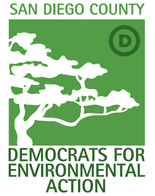 By Cody Petterson and Tommy Hough Clearly we're in a highly unusual and unprecedented moment with the COVID-19 pandemic. Since a state of emergency has been declared at the state, county, and local levels in which large gatherings of people have become ill-advised, we have cancelled the March meeting of San Diego County Democrats for Environmental Action. At this point, we are still planning on holding our April club meeting, scheduled for Wednesday, April 15, as usual at Elijah's. That meeting's program and slate of guests will be announced soon. Check back at our website and social media for more. In the meantime, please elect to keep yourselves, your families, and loved ones safe. Check in on elderly or vulnerable neighbors and friends. For up to date information, here are the websites for the County of San Diego and City of San Diego. Please stay safe and in communication with family and friends. Let's look out for each other. 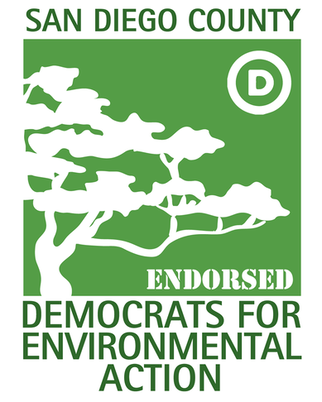 By Tommy Hough The first March primary in California history was a successful day for nearly all our San Diego County Democrats for Environmental Action endorsed candidates. According to the Registrar of Voters, some 60,000 votes remain to be counted.
Unfortunately, two of our endorsed candidates and one of our endorsed ballot measures have come up short.
Photos by Tommy Hough and Greg Hoxsie. |
Green Thoughts
The blog component of San Diego County Democrats for Environmental Action welcomes content from SDCDEA members, guests and leadership. Archives
October 2023
Categories |
Social Media
Quick Links |
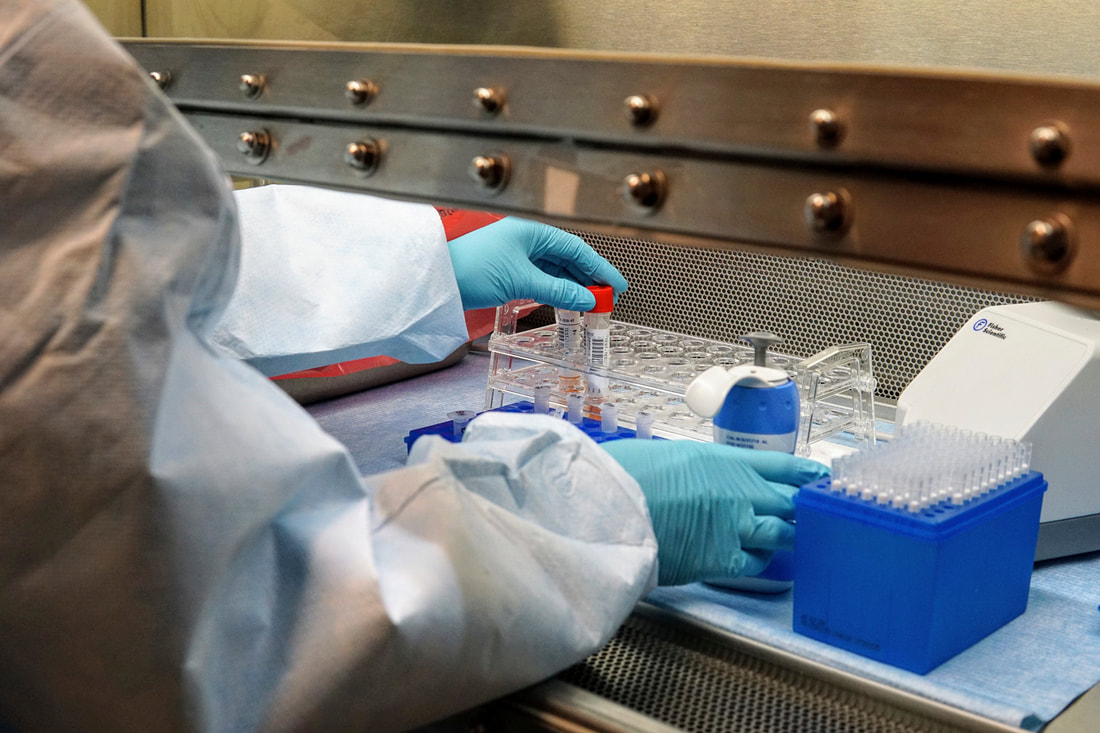
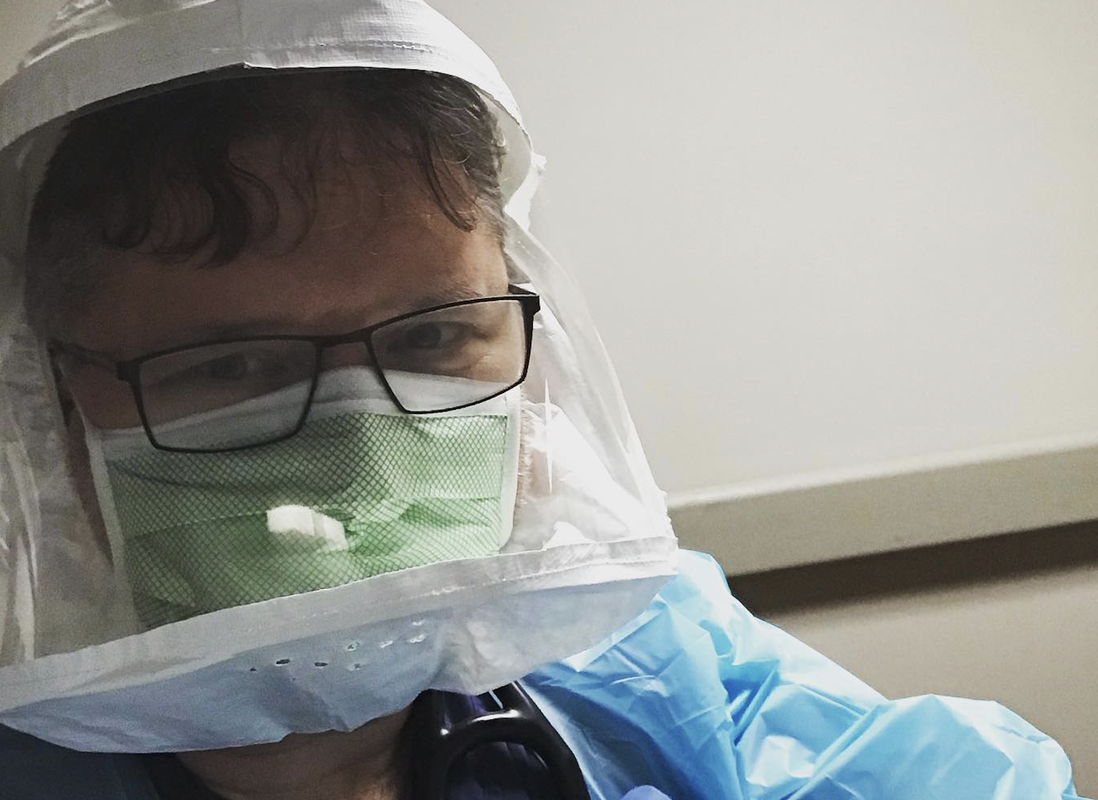
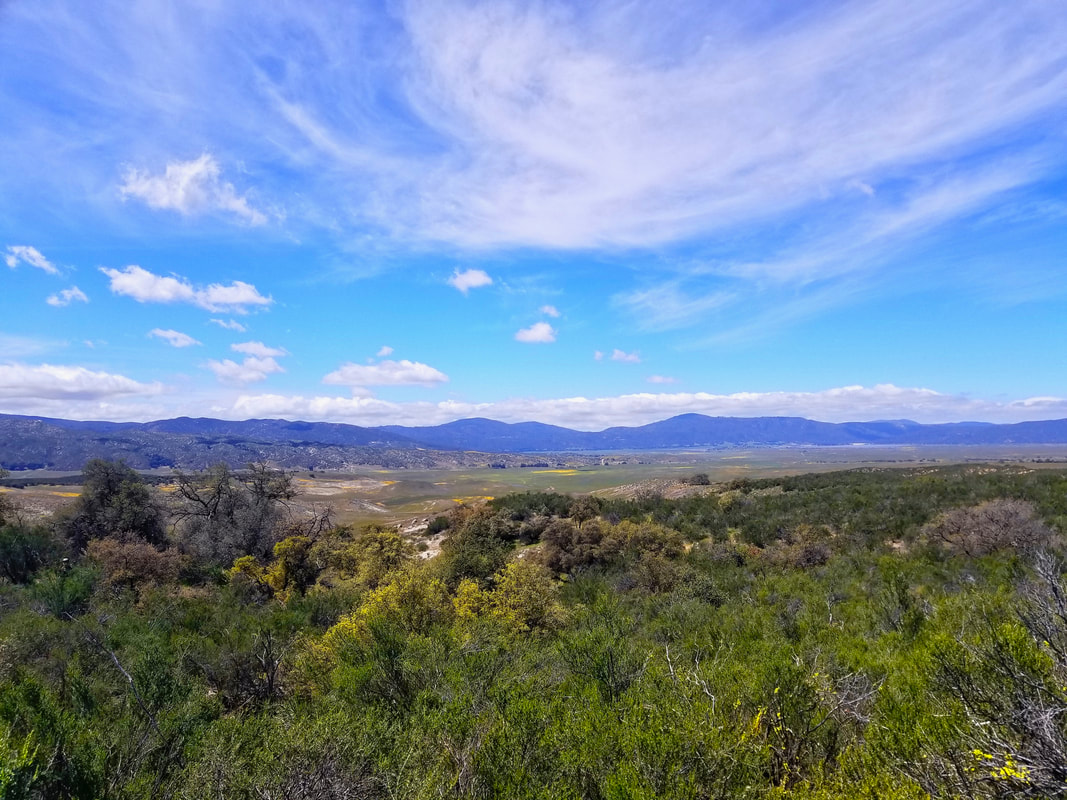
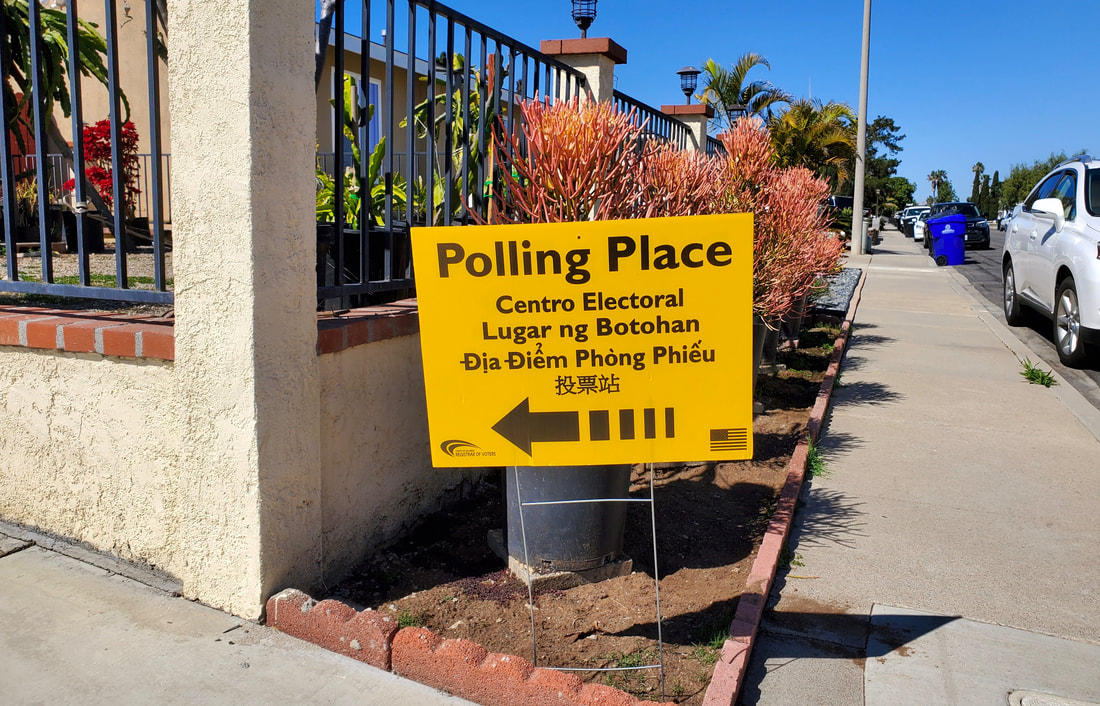

 RSS Feed
RSS Feed

